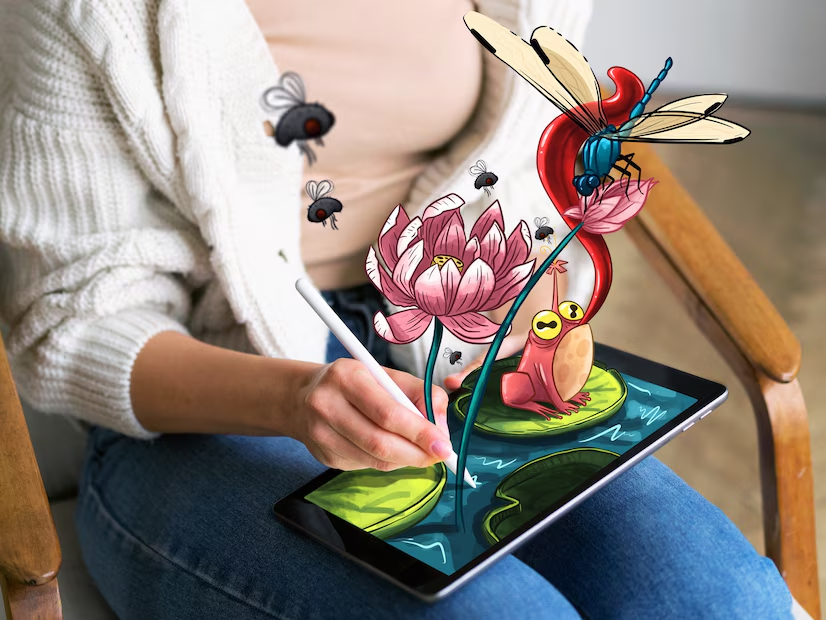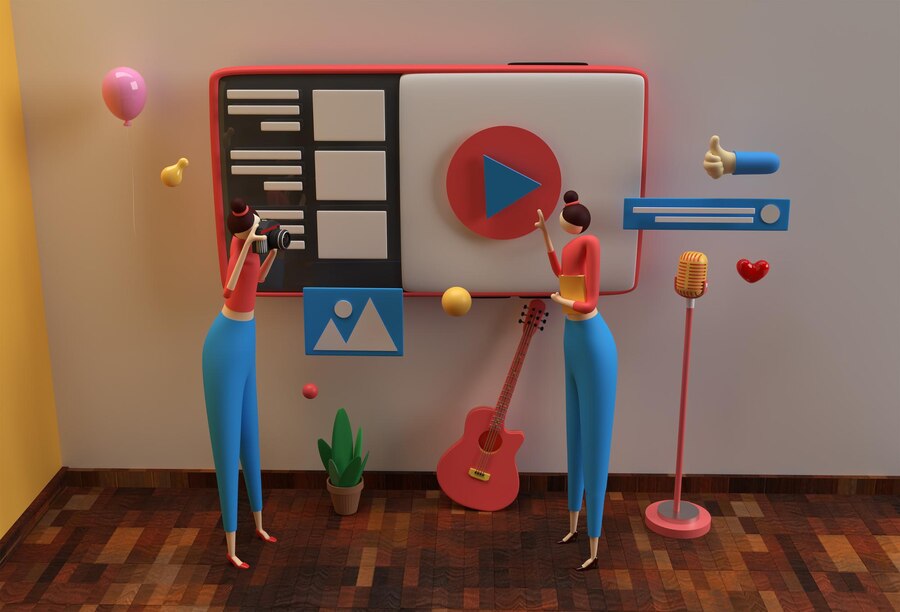If you’re someone who enjoys discovering emerging artists, exploring rich cultural expressions, or simply getting inspired by visual storytelling, chances are you’ve stumbled upon Arcy Art or will soon. More than just an online blog, Arcy Art has become one of the key digital spaces documenting and celebrating contemporary African art in a way that’s both accessible and insightful. So, let’s take a closer look at what makes the Blog Arcy Art worth bookmarking—whether you’re an artist, collector, or just a fan of art that speaks to the soul.
What Is Blog Arcy Art All About?
At its core, the Blog Arcy Art is a platform dedicated to showcasing African artists, both established and up-and-coming, through thoughtful features, artist spotlights, and event coverage. But it’s more than just a blog—it’s a bridge between artists and audiences, a digital gallery of sorts that tells the deeper stories behind the brushstrokes.
What makes it special is its focus. While many art blogs cast a wide global net, Arcy Art zooms in on African talent, which has historically been underrepresented in mainstream art platforms. It brings much-needed visibility to a dynamic and evolving scene, allowing artists to share not only their work but their cultural perspectives, creative journeys, and personal narratives.
The blog doesn’t just stop at artist profiles. It dives into exhibitions, festivals, and current events in the African art world, ensuring readers stay informed and inspired. It’s educational without being preachy, engaging without being overly academic—a rare balance in the art blogging world.
A Platform for Emerging Artists
One of the standout features of Arcy Art is how much love it gives to emerging artists. For many creatives, especially those in under-resourced communities, getting their work seen is half the battle. Blog Arcy Art offers a platform for those voices to be heard.
In many of the artist spotlights, the blog digs into what inspires the artist, what challenges they face, and how their cultural heritage influences their work. These aren’t just cookie-cutter Q&A sessions—they’re deep dives that paint a picture (pun fully intended) of who the artist really is.
The site serves as a digital launchpad. Many artists featured on Arcy Art go on to get gallery representation or land features in bigger publications. That’s a testament to the platform’s ability to spot talent and bring it to a wider audience. Plus, the authenticity of the interviews and articles makes the art feel personal and relatable.
Exploring Themes and Cultural Narratives
One of the things that makes Blog Arcy Art a go-to source is how well it tackles cultural narratives and themes. African art is incredibly diverse—not just by country but by region, language, and historical influence. The blog embraces that diversity by showcasing work that covers everything from post-colonial identity to Afrofuturism, gender roles, spirituality, urbanization, and more.
Rather than treating African art as a monolith, the blog allows each artist to shine through their own lens. Some explore political resistance through mixed media. Others dive into traditional motifs and revive them with modern twists. There’s art that’s quiet and contemplative, and art that’s bold and brash—and all of it finds a home on Arcy Art.
What’s particularly compelling is how these themes are contextualized. The writers often provide background information or personal anecdotes that help readers understand where the artist is coming from. That added layer of storytelling helps bridge cultural gaps and encourages empathy and connection across continents.
Interviews That Go Beyond the Canvas
Sure, you could scroll Instagram and find thousands of artworks—but what’s often missing is the story behind the art. That’s where Arcy Art’s interviews shine. They aren’t just checklists of questions; they feel more like conversations.
Whether the artist is talking about what it was like growing up in Nairobi, or how graffiti culture influenced their style in Johannesburg, the interviews give readers insight into the human experience behind the artwork. These stories are often raw, unfiltered, and incredibly inspiring.
The artists don’t just talk about successes. They share their struggles—dealing with lack of funding, overcoming societal expectations, or navigating global markets that sometimes don’t “get” African art. It’s this honesty that resonates with readers and sets Arcy Art apart from more polished, commercial platforms.
Events, Exhibitions, and Global Reach
Though its heart is in Africa, Blog Arcy Art has a global pulse. The site regularly covers exhibitions in cities like London, Paris, and New York that feature African artists. This global reach not only helps African creatives gain exposure but also educates international audiences about the rich diversity of African artistic expression.
Whether it’s a major biennale, a local community exhibit, or an artist residency program, Arcy Art keeps its readers in the loop. And for people who can’t attend these events in person, the blog offers the next best thing—detailed write-ups, photos, and sometimes even virtual tours or video interviews.
This level of coverage is incredibly valuable, especially for diaspora communities and art lovers who want to stay connected to the African art world but might not have direct access to galleries or institutions in Africa. It’s like a front-row seat to a constantly evolving cultural renaissance.

Educational Resources for Artists and Collectors
Another impressive aspect of the blog is its dedication to education. And not just in the form of art theory or history, but practical resources for working artists and aspiring collectors. You’ll find guides on building a portfolio, understanding the art market, pricing your work, and even advice on applying for grants and residencies.
This makes Blog Arcy Art not just a source of inspiration, but a valuable toolkit. The articles strike a balance between motivational and actionable. Whether you’re an artist looking to turn your passion into a career or a collector just starting to build your collection, the blog provides the knowledge you need without making you feel like you’re back in school.
It’s this hands-on approach that helps nurture the ecosystem—not just glorifying the finished products but supporting the entire journey, from concept to gallery.
Why Blog Arcy Art Matters in the Bigger Picture
In a time where algorithms often decide what we see and what gets buried, platforms like Arcy Art are incredibly important. They champion voices that might otherwise go unheard and bring attention to stories that challenge, uplift, and inspire. It’s not just about pretty pictures—it’s about preserving cultural identity, advocating for equity in the arts, and creating space for dialogue.
The blog doesn’t shy away from hard topics either. Articles have touched on issues like censorship, gentrification, and artistic exploitation. By addressing these realities, Arcy Art remains grounded and socially conscious, never losing sight of the communities it represents.
In the bigger picture, the blog contributes to a more inclusive and representative art world. It helps shift narratives, challenge stereotypes, and redefine what “mainstream” art can and should look like. And that’s something the global art scene desperately needs more of.
Final Thoughts: More Than Just a Blog
Calling Arcy Art just a “blog” doesn’t really do it justice. It’s more like a living, breathing digital museum dedicated to the richness of African creativity. From in-depth artist features and cultural commentary to practical advice and event coverage, it’s a one-stop hub that celebrates not only what African art is, but what it can become.
If you haven’t already, dive into the blog. Read a few interviews. Explore the artist directory. You’ll walk away with a deeper appreciation for the stories, traditions, and innovations coming out of Africa’s vibrant art scene.

